Ever stumbled upon a bug in your home and felt the creeping dread of a cockroach infestation, only to realize you’re not quite sure what critter you’re confronting?
It’s a common tableau that stirs unease—the fear of pests lurking in our sanctuaries. Misidentification can lead to misguided efforts, unnecessary panic, or overlooked threats.
But fret not! As we navigate through this entomological masquerade, understanding these doppelgängers becomes essential.
In this enlightening journey, you’ll unravel the mysteries behind bugs that look like cockroaches and learn how to accurately pinpoint who’s who for your peace of mind and effective pest management.
Overview Of Cockroaches
Cockroaches are one of the most adaptable and resilient creatures on the planet, with a lineage tracing back millions of years. These insects belong to the order Blattodea and have become synonymous with human habitats due to their expert scavenging abilities. Cockroaches typically exhibit oval bodies, long antennae, and a leathery texture to their wings, which may or may not be used for flight depending on the species.
Primarily nocturnal, these pests often incite dismay when they appear in our homes, scurrying for cover upon exposure. Their diet is impressively varied—they’ll consume anything from food crumbs to adhesives. This versatility in feeding habits contributes greatly to their survival in diverse environments.
Understanding cockroach biology helps explain why certain bugs are mistaken as their kin; body structure and behavior can superficially align across different species. By providing an overview of cockroaches, we gain insight into identifying characteristics that will assist us in distinguishing true roach sightings from those of other benign look-alike insects that coexist within our ecosystems.
List Of Bugs That Look Like Cockroaches
1. Crickets
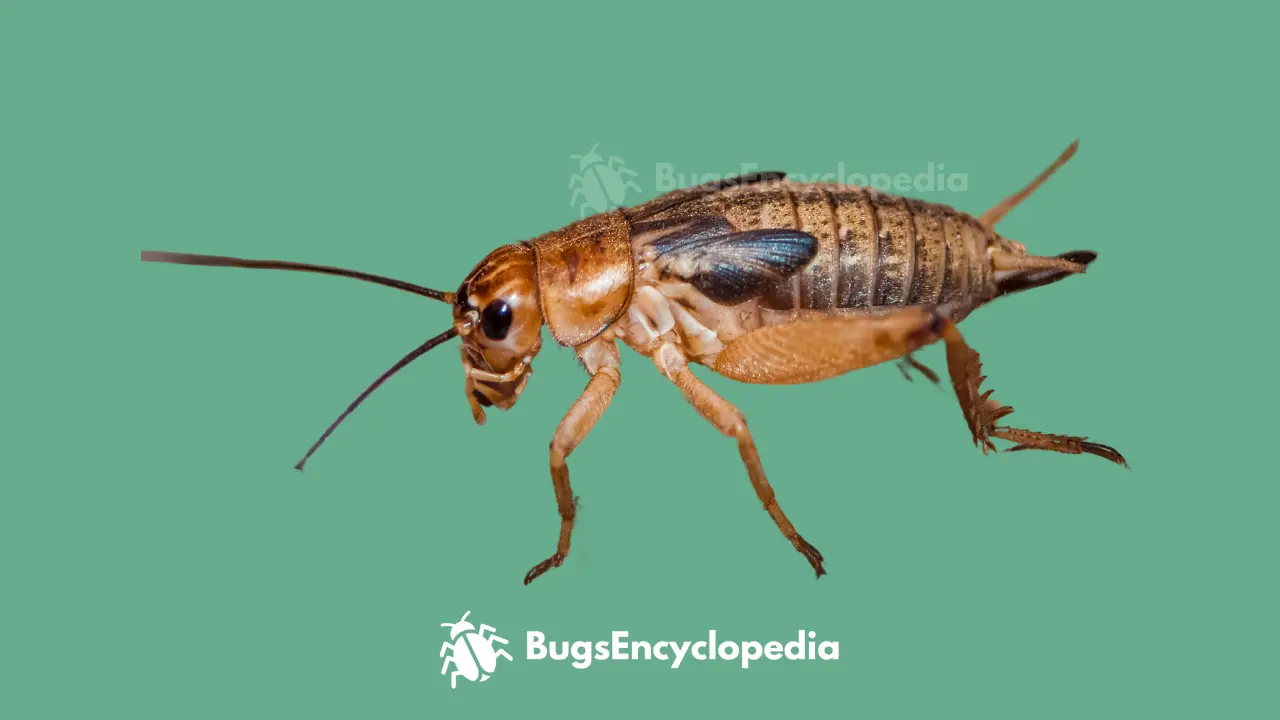
Crickets are fascinating insects that share certain physical traits with cockroaches, which can lead to misidentification. These creatures exhibit a dorsal-ventral flattening similar to cockroaches and possess long antennae. However, crickets distinguish themselves through their robust hind legs designed for jumping and the characteristic chirping sounds they produce, an auditory signature not associated with cockroaches.
In terms of habitat preference, crickets often inhabit areas where moisture is prevalent; however, unlike their look-alike counterparts who prefer the indoors for scavenging opportunities, crickets are more commonly found outdoors. They play a beneficial role in the ecosystem by contributing to the breakdown of plant material and serving as food for various predators.
Despite sharing an appearance resemblance—especially when viewed hastily or from a distance—their behavior and ecological roles set them apart significantly from cockroaches. Homeowners might encounter these orthopteran insects near entry points or in basements but rest assured that their presence does not carry the same implications as finding a cockroach population within your residence.
2. Giant Water Bugs (Water Bug)

Giant water bugs, colloquially known as toe-biters or electric light bugs, can be mistaken at a glance for cockroaches due to their sizable flattened bodies and similar coloring.
These aquatic insects are notable for their pincer-like front appendages, adapted for capturing prey, contrasting with the scavenging habits of household roaches. Found primarily in freshwaters like ponds and streams, giant water bugs play the role of apex predators within their niche—an aspect that diverges sharply from the detritivorous nature of cockroaches.
The key identifier setting these species apart is their breathing mechanism; giant water bugs surface periodically to draw air into spiracles located on their abdomen, while cockroaches breathe continuously through theirs. Furthermore, homeowners may encounter them around outdoor lighting fixtures due to their attraction to bright lights—a behavioral trait not typically exhibited by indoor-favoring roaches.
While sharing some morphological similarities with common pests found indoors, it’s important to recognize that encountering a giant water bug indicates close proximity to a body of water rather than an infestation concern inside your home.
3. June Bugs/May Beetles
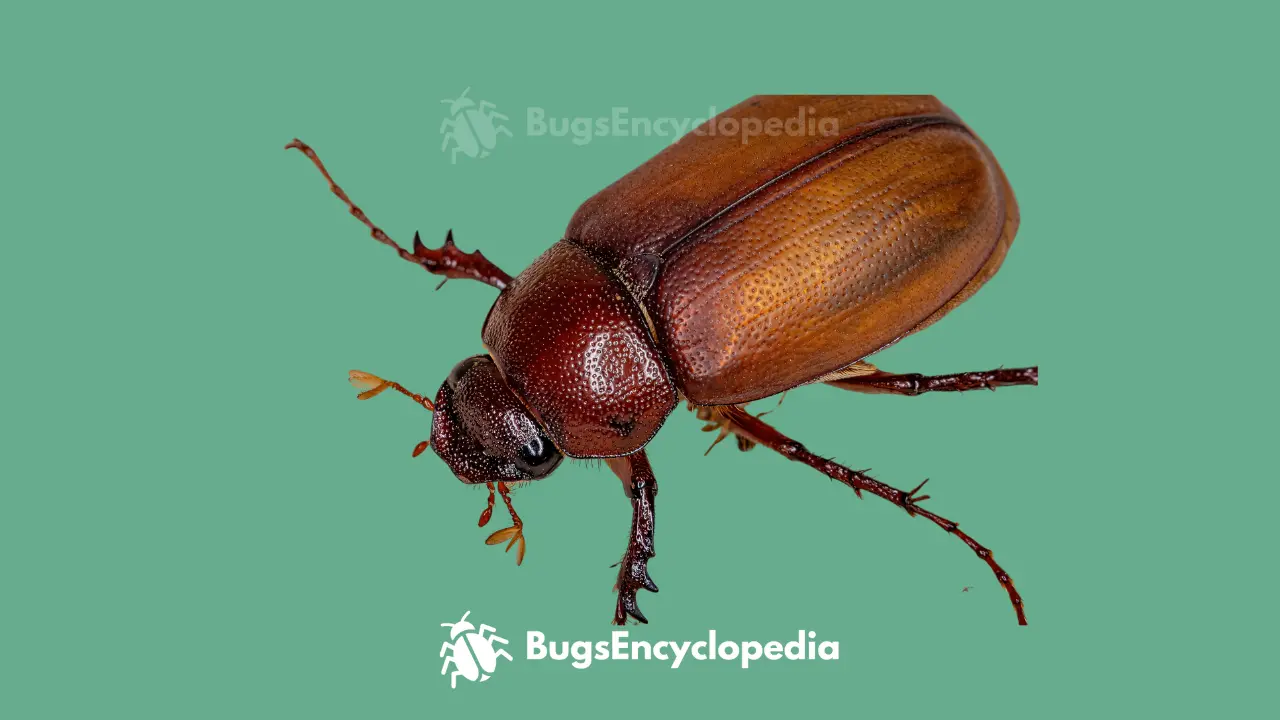
June bugs, or May beetles as they are also known, bear a superficial resemblance to cockroaches due to their oval-shaped bodies and brownish coloration. These insects are part of the Scarabaeidae family and become more visibly active during the warmer months of late spring and early summer, especially at night when they are drawn to lights—a behavior not typically seen in cockroach activity patterns.
What sets these beetles apart is their life cycle; they spend most of their lives as grubs underground, emerging only to mate and lay eggs. In contrast with the hardiness of cockroaches that can thrive in various environments, June bugs have a distinct seasonal presence. Their flight is often clumsy and buzzing—quite different from the stealthy scuttle commonly associated with roaches.
While one might initially group them together based on size and hue, upon closer observation it’s clear that June bugs possess unique physical characteristics such as lamellate antennae for sensing their environment—a feature absent in cockroach physiology. These beetles often indicate a healthy soil ecosystem nearby rather than issues associated with hygiene or indoor pest infestations.
4. Asian Longhorned Beetle

The Asian longhorned beetle, with its stark black-and-white coloration and extended antennae, can evoke a momentary image of cockroaches to the untrained eye. These beetles are distinguished by their prominent, banded antennae, which can be as long as their own body length – a feature not shared with the shorter-antennaed cockroach.
In contrast to the broad habitat adaptability that cockroaches display, these conspicuous beetles have a more specialized ecological role. They bore into hardwood trees during their larval stage—a behavior leading to significant ecological and economic impact on forests but one that is completely alien to roach species.
Moreover, while adult Asian long-horned beetles may venture indoors if they sense light or warmth through an open window or doorway, they do not seek out human dwellings for food or shelter in the way that some roach species might. The appearance of an Asian longhorned beetle typically signals potential harm to nearby trees rather than concern for an indoor infestation scenario.
5. Termites
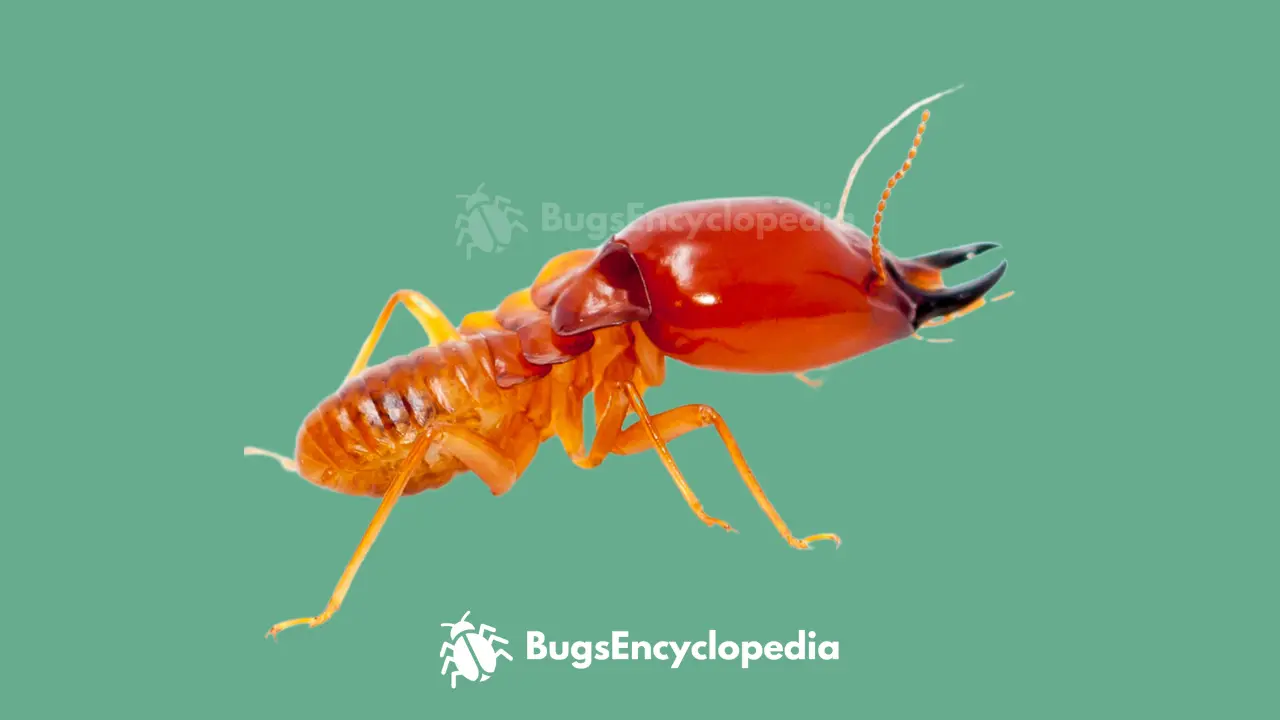
Termites, with their muted color palette and segmented bodies, can superficially mirror the appearance of cockroaches. However, closer inspection reveals distinctive physical characteristics—termites have straight antennae and a waist that is less pronounced than the cockroach’s more defined segmentation.
These eusocial insects are primarily known for their wood-consuming habits which play a crucial role in nutrient cycling within ecosystems. Unlike roaches who may venture across your kitchen floor in search of crumbs, termites are stealthy invaders targeting the wooden structures of buildings—an activity tied to significant property damage rather than a mere nuisance.
Swarming termites could be erroneously associated with flying cockroaches due to their winged form during certain life stages. Yet it is this very act of swarming typically observed near light sources after rain that signals reproductive expansion rather than daily survival behavior seen in roach populations.
Spotting termites around properties is an alert to potential structural concerns far removed from the hygiene issues one might attribute to finding a cockroach indoors.
6. Bed Bugs
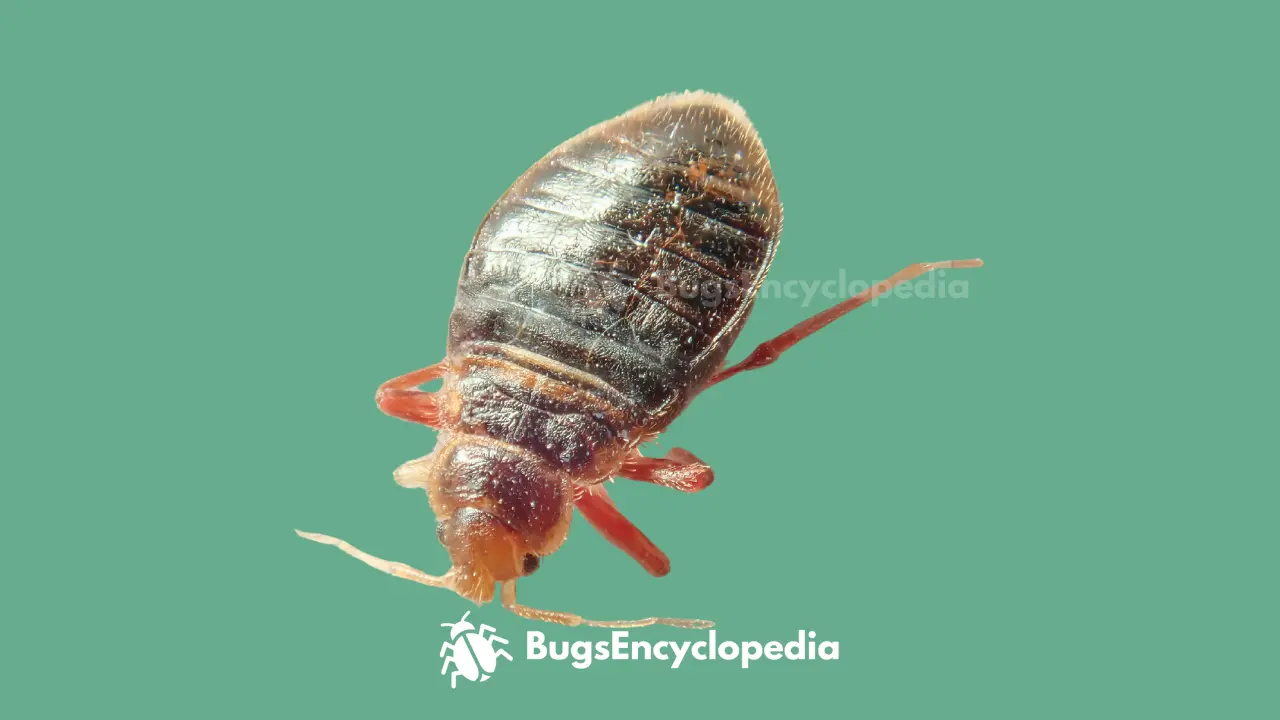
Bed bugs, although smaller in size, can sometimes be visually associated with cockroaches due to their flattened bodies and reddish-brown color. These nocturnal parasites are exclusively blood feeders; this contrasts sharply with the omnivorous diet of cockroaches that encompasses a wide array of organic materials.
A distinguishing feature of bed bugs is their elongated proboscis used for piercing skin and siphoning the blood of their hosts—behavior divergent from any feeding strategies employed by roaches. Additionally, while both pests may cohabit spaces near human activity, bed bugs have a notorious reputation for being unwelcome guests in mattresses, furniture crevices, and other areas where people rest or sleep.
The presence of bed bugs typically signifies an infestation that requires prompt attention to prevent bites and potential allergic reactions—an urgency not always as immediate when spotting a solitary cockroach traversing your floor.
7. Palmetto Bugs

Palmetto bugs is a term often used to describe certain species of cockroaches, particularly those belonging to the genus Periplaneta, which includes the American and Smokybrown cockroach. This nomenclature stems from these insects’ tendency to take shelter under palmetto leaves in warmer climates.
Characterized by their large size and shiny, reddish-brown exoskeletons, Palmetto bugs are quite hardy and adept flyers. Their preference for warm, humid environments leads them to frequently inhabit both outdoor areas as well as indoor spaces where they can find food and water. While other insects may bear some resemblance to roaches at first glance, Palmetto bugs specifically refer to true cockroaches that have adapted well to living in close proximity with humans.
Encounters with these robust insects often occur during nocturnal hours when they emerge from hiding places on their quest for nourishment—an activity indicative of many cockroach species’ behavior patterns.
8. Ground Beetles

Ground beetles, a diverse group within the Carabidae family, can exhibit a superficial resemblance to cockroaches due to their flattened bodies and swift movements. However, these beneficial insects are predators, often glossy and metallic in appearance—traits not typical of the relatively duller sheen observed on cockroaches.
While they share an attraction to damp environments rich with potential prey or organic matter for sustenance, ground beetles boast specialized adaptations such as powerful mandibles engineered for hunting. Contrastingly, cockroaches have mouthparts designed for a generalized diet including decomposing materials.
Experiencing a ground beetle indoors generally indicates accidental entry rather than active infestation—a subtle yet significant distinction from roach encounters that may suggest larger pest control issues. Furthermore, ground beetles are solitary hunters; thus sightings of these creatures rarely point towards the broader concern one might experience upon sighting multiple roaches suggestive of an established colony.
9. Wood-Boring Beetles

Wood-boring beetles can be visually similar to cockroaches due to their size and shape, which might lead to misinterpretation upon brief observation. These insects are part of a structural threat category, with larvae that excavate tunnels in wood—a behavior quite divergent from the generalist scavenging lifestyle of cockroaches.
Significant identifiers for these beetles include elongated bodies and specific anatomical features such as hard wing covers (elytra), which often display distinct ridges or bumpy textures not found on the smoother exoskeletons of roaches. Wood-boring beetle activity is usually detected through the appearance of exit holes in wooden objects or structures, paired with telltale frass—fine sawdust-like material created by their burrowing.
While an encounter with wood-boring beetles within a home may evoke concerns about furniture or structural integrity rather than cleanliness issues associated with cockroach infestations, recognizing them is essential for maintaining property condition over time.
10. Earwigs
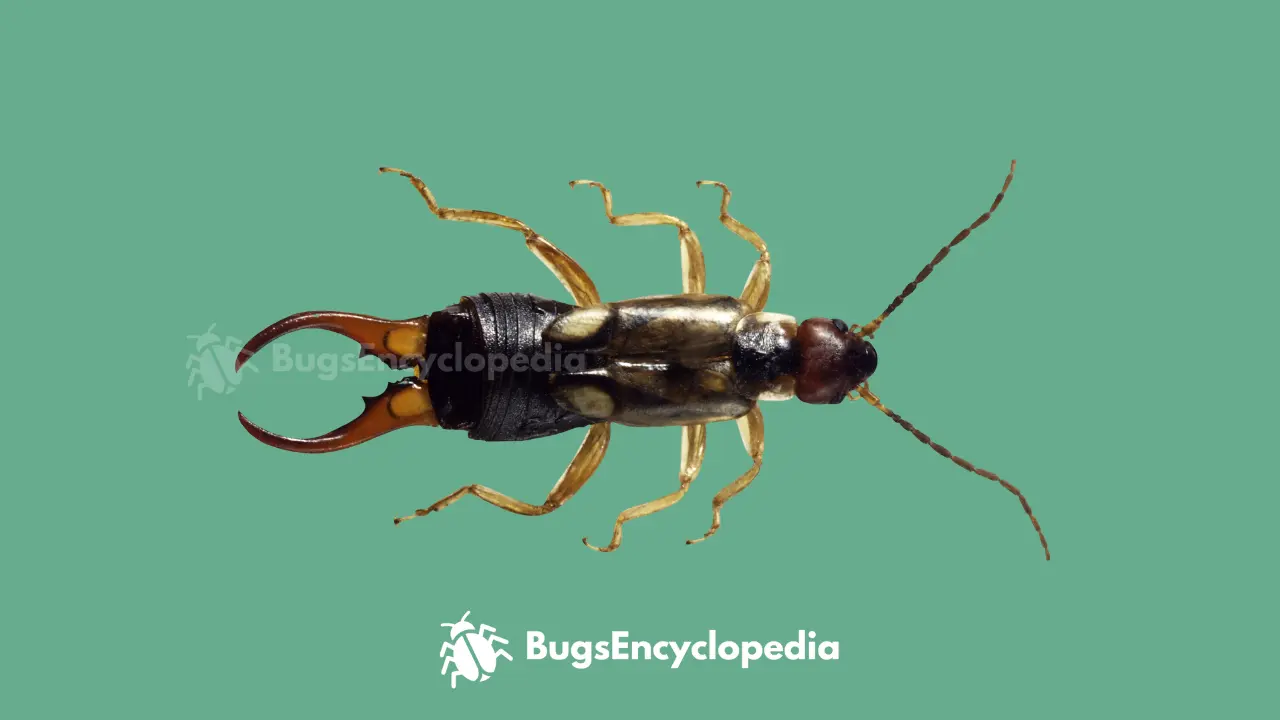
Earwigs, though not related to cockroaches, can catch one’s eye due to their similar body structure and nocturnal tendencies. These insects are recognized by their cerci, or pincers, located at the end of their abdomen—an attribute absent in cockroach anatomy.
Unlike the opportunistic feeding habits observed in roaches that often lead them into human dwellings, earwigs are usually outdoor inhabitants with a penchant for damp environments where they play a role as both predators and decomposers. Their diet mainly consists of plant debris and smaller insects.
Encountering an earwig indoors typically results from accidental entry while seeking moisture rather than indicating an infestation—a scenario quite different from the survival strategies employed by cockroaches. Earwigs’ presence does not carry the same implications for household hygiene or pest control concerns as spotting a roach might suggest but instead points toward habitat intrusion without persistent indoor establishment intentions.
11. Stink Bugs

Stink bugs, named for the defensive odor they emit when threatened or crushed, have a shield-like shape that can superficially echo the form of cockroaches. Their pentagonal or shield-shaped bodies set them apart from the more oval or elongated body shape characteristic of roaches.
Adaptable in diet, stink bugs are primarily known as agricultural pests due to their propensity to feed on fruits and crops. This contrasts with cockroaches’ omnivorous scavenging in urban environments. The seasonal invasion of homes by stink bugs occurs typically in autumn as they seek overwintering sites—a behavior driven by climate rather than food sources which is a strong motivation for cockroach home invasions.
While both insects may share overlapping territories within human habitats, a sighting of stink bugs inside often relates to environmental factors rather than poor sanitation conditions commonly attributed to the presence of cockroaches.
12. Woodlice
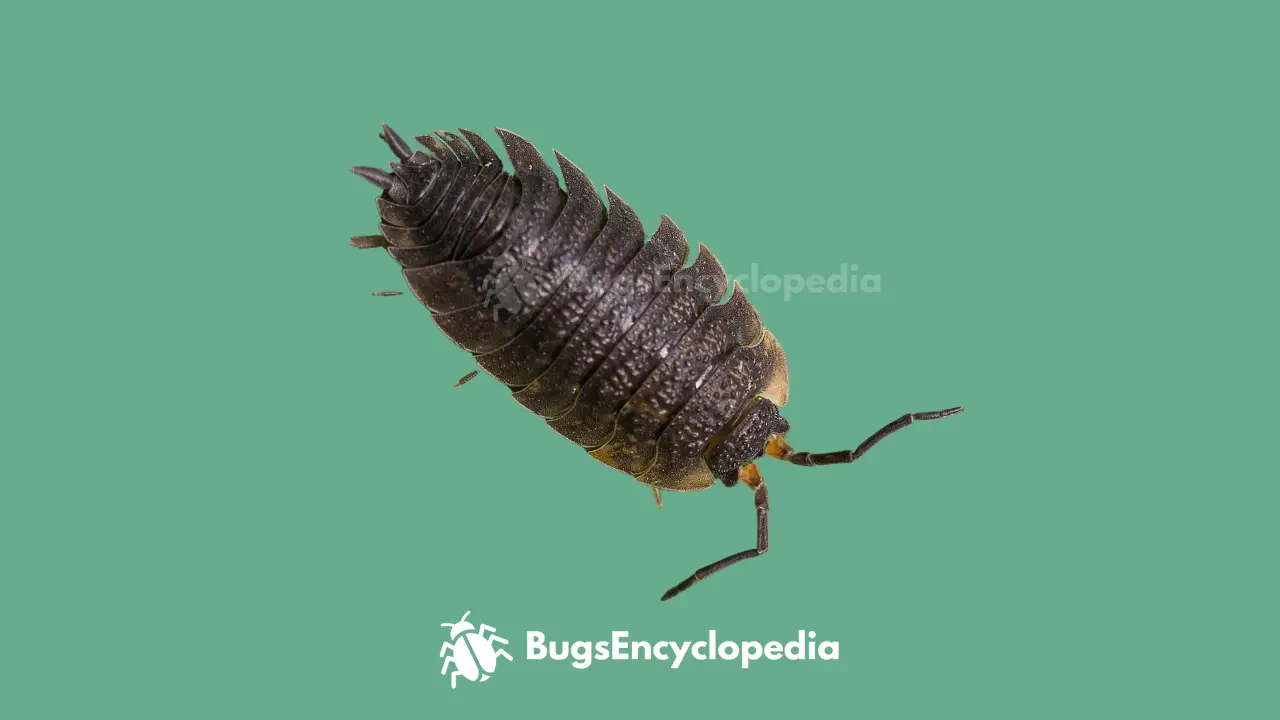
Woodlice, also known as pill bugs or roly-polies, might be briefly identified with cockroaches due to their segmented bodies and antennae. However, woodlice belong to the isopod family and are crustaceans, more closely related to shrimp and crabs than any insect.
The behavior of these detritivores centers around consuming decaying organic matter—quite a different ecological role from that of cockroaches. Woodlice’s preference for moist environments often leads them into basements and damp areas in homes but not necessarily because they seek human food sources like cockroaches do.
Their distinctive ability to curl into a tight ball—a defense mechanism against predation—is an action not observed in cockroach species. Additionally, the presence of woodlice indoors may signal excess moisture rather than hygiene problems commonly associated with indoor populations of roaches.
13. Booklice
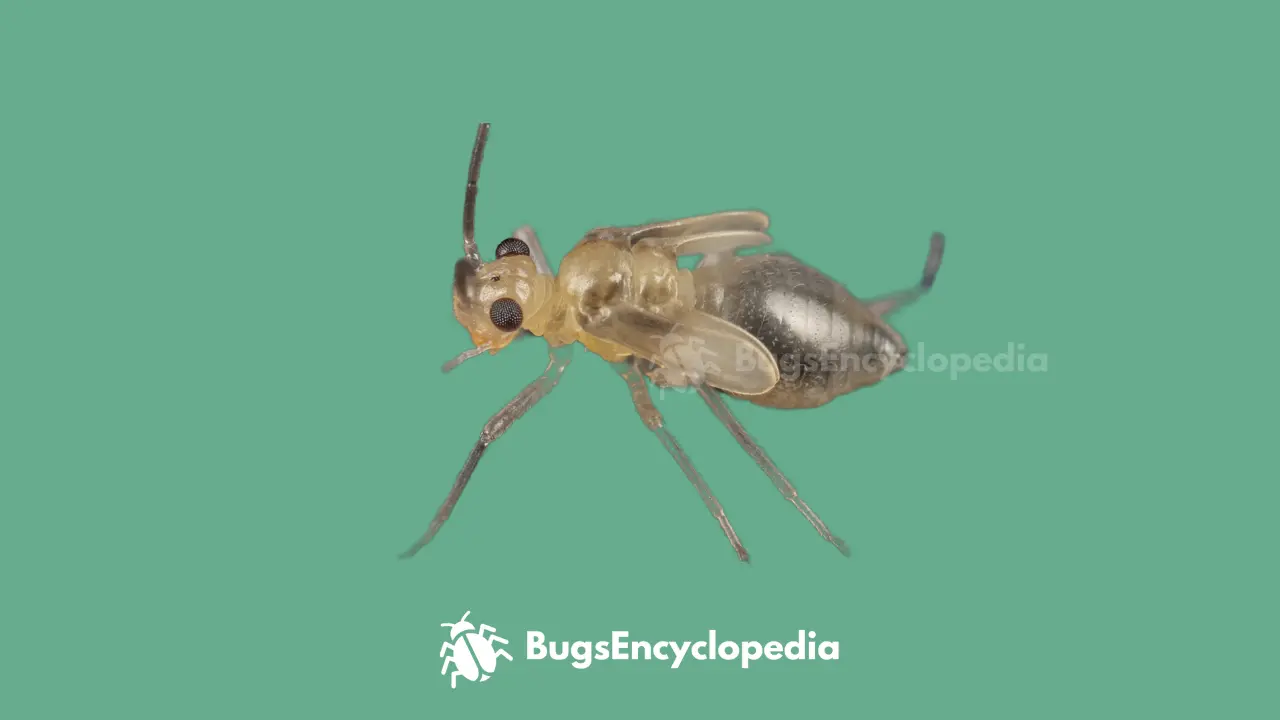
Booklice, or psocids, could be momentarily linked with cockroaches based on their preference for warm and humid environments. These tiny insects are characterized by their soft bodies and love of starches found in adhesives—a stark contrast to the more resilient exoskeletons and varied diet of roaches.
While booklice may evoke concern when spotted due to a superficial resemblance in color and size, they are harmless to humans; they neither bite nor transmit diseases. Instead, these creatures play a role in breaking down mold or fungal spores that thrive under similar damp conditions preferred by both pests.
A key distinction between booklice and cockroaches is visibility. Booklice tend to appear in clusters around old books or papers where they feed on mildew—unlike solitary roach sightings which might indicate broader infestation problems. Moreover, managing humidity levels effectively deters booklice infestations without implicating the broader sanitation challenges often associated with controlling cockroach populations.
Factors Leading To Misidentification
Visual Similarities
The primary factor leading to the misidentification of various insects as cockroaches is their visual similarities. Many bugs possess body shapes, wing structures, and coloration that mimic those of cockroaches, especially in dim lighting or when viewed from afar. The human eye tends to group creatures by general appearance before noting specific characteristics—a quick glance can easily lump disparate species together.
Behavioral Characteristics
Another common thread causing confusion is certain behavioral traits shared across different insect species. For example, the tendency to scurry away quickly when disturbed or a preference for nocturnal activity are behaviors observed in both cockroaches and look-alike pests. This similarity in action can lead to snap judgments about an insect’s identity without closer scrutiny.
Habitat Overlap
Insects tend to thrive in environments offering ample food sources and shelter—conditions often found within human homes. When various bugs converge on these spaces due to overlapping habitat preferences, it’s easy for homeowners to mistake one pest for another.
To reduce incidents of mistaken identity:
- Examine distinctive features such as antennae shape, wing texture, and body segmentation.
- Observe the context of sightings; some insects might be indoor invaders seeking warmth rather than signs of infestation.
- Consider ecological roles; feeding habits can offer clues distinguishing sap-feeders like stink bugs from more omnivorous cockroach counterparts.
Understanding these factors encourages a measured approach before concluding an encounter with any household insect equates a roach sighting—each bug plays its unique part within nature’s complex tapestry.
In Closing
In uncovering the world of insect impostors, it’s clear that looks can be deceiving in the realm of entomology. From woodlice to stink bugs, each creature we’ve mistaken for a cockroach has its own remarkable niche and role in our ecosystem.
This exploration serves not just to quell fears or correct false alarms—it fosters a deeper appreciation for biodiversity and the subtle intricacies that define each species.
As we close this chapter on our 13 mysterious masqueraders, remember that knowledge is key in distinguishing these look-alikes and ensuring harmonious coexistence with our six-legged neighbors.

I’m Shawn Gleason, a seasoned Entomologist with a Ph.D. from the University of Florida and the founder of Bugs Encyclopedia. With over 10 years of experience in Integrated Pest Management, I’m a certified Pesticide Applicator and a recognized authority in entomology. I’ve contributed to numerous prestigious journals, and I use Bugs Encyclopedia to share my deep knowledge, creating an accessible, trusted resource for bug enthusiasts and the general public. My mission is to demystify the complex world of bugs, ensuring that accurate, comprehensive information is accessible to all.
